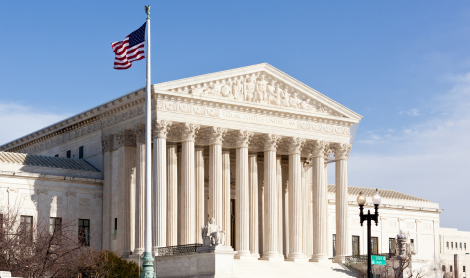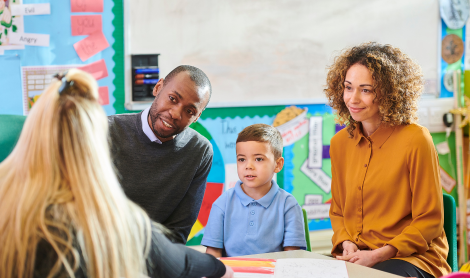By Wendy Tucker, Senior Director of Policy, National Center for Special Education in Charter Schools
A crisis is not the time to roll back civil rights. It’s the time to roll up our sleeves and get to work.
As COVID-19 swept across the world, the sudden reality of locked school buildings and millions of educators and children shuttered at home shocked our education system in ways we never imagined. As schools continue to adjust to distance learning, one of the biggest challenges is how to appropriately and effectively educate students with disabilities, with all their varied needs, in this new environment.
Some schools immediately got to work finding creative ways to meet the needs of all students. Others were paralyzed by the challenge and proclaimed the work impossible, hoping the U.S. Department of Education would waive the decades-old rights of students with disabilities under the Individuals with Disabilities Education Act (IDEA) and Section 504 of the Rehabilitation Act.
That question was put to rest on April 27 when Secretary of Education DeVos issued a report to Congress stating that she would not seek waivers of those rights, saying “[w]ith ingenuity, innovation, and grit, I know this nation’s educators and schools can continue to faithfully educate every one of its students.”
With waivers off the table and with the majority of U.S. schools unlikely to return to the usual model in the near future, it’s time for all schools to focus on providing quality education to students with disabilities. They can find inspiration in some of the charter schools that have successfully flexed the innovation muscles on which the charter movement was built.
One great example is Paramount Schools of Excellence in Indianapolis, where teachers immediately surveyed families to ensure that each student had technology resources and to determine whether an adult was available to help the students learn during the day. Educators used this information to tailor plans to meet individual students’ needs. Now, the special education team reaches out daily to each student with disabilities to make sure they have the needed resources and that their plans are being implemented.
Kingsman Academy Public Charter School in Washington, D.C., which serves students at high risk of dropping out, is another prime example. When the crisis hit, school leadership mobilized immediately to ensure that all students had backpacks of supplies, Chromebooks, and hotspots, even using Uber to deliver to some families. Teachers remain in daily contact with students and families and, as the financial impact of the pandemic has grown, have also begun providing food and other resources.
Countless other charter schools across the country are finding innovative ways to meet the diverse needs of all students, including those with disabilities. As authorizers, you have an opportunity to ensure that schools are set up for success by requiring them to have three things in place:
- Strong parent partnerships. For parents of students with disabilities, the only way to successfully navigate this new distance learning environment is in solid partnership with schools. Are there systems in schools to ensure regular, frequent, and genuine family engagement? Are educators treating parents as partners by seeking their input and committing to work with them to address student needs?
- Thorough needs assessments. Have schools contacted families to determine specific needs in areas like technology, materials, and in-home support networks? Do schools have a complete picture of the needs of their students with disabilities? Are they taking steps to make sure those needs are being met in a sustainable way?
- Robust implementation plans. Distance learning plans for students with disabilities require out-of-the-box thinking. Student needs vary greatly, and many related services, such as physical therapy or occupational therapy, are traditionally hands-on. Have schools inventoried Individualized Education Plans (IEPs) to determine what each student IEP entails, and have they, in collaboration with families, come up with strategies to meet those varied needs? Do they have systems in place to ensure that needs continue to be met and that plans continue to be implemented?
No one will claim that serving all students in this environment is easy. However, distance learning will be a significant part of education in our country for the foreseeable future. Charter schools, with their increased autonomy, can be leaders in re-imagining the education of students with disabilities in these challenging times. Authorizers can and should hold them accountable for doing it well.


